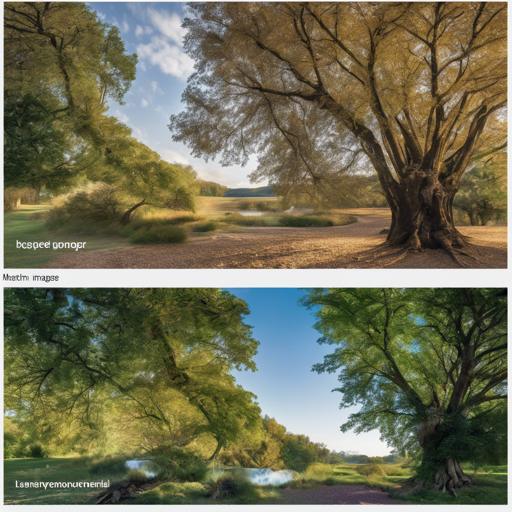Welcome to your guide on removing watermarks from images using an innovative machine learning-based approach! This blog will walk you through the process and provide you with troubleshooting tips along the way.
What is Watermark Removal?
Watermark removal is the process of eliminating a watermark from an image. This particular project leverages a machine learning-based image inpainting methodology, which allows for the removal of watermarks while preserving the underlying image quality—so seamlessly that it becomes indistinguishable from the original.
Getting Started
Before you begin, ensure that you have a Google account to use Google Colab, where you’ll run this project. Here’s a step-by-step guide:
Step-by-Step Instructions
- Clone the Repository: Start by cloning the watermark removal repository from GitHub.
!git clone https://github.com/zuruoke/watermark-removal!cd watermark-removal!pip install tensorflow==1.15.0!pip install git+https://github.com/JiahuiYun/neuralgym!python main.py --image path-to-input-image --output path-to-output-image --checkpoint_dir model --watermark_type istockUnderstanding the Code through Analogy
Think of watermark removal like painting over a wall where someone has drawn graffiti (the watermark). To restore the wall to its original beauty (the image), you’re essentially using specialized paint (the machine learning model) that carefully fills in the space while replicating the textures and colors of the unblemished wall around it. Just as you would carefully apply strokes to ensure a seamless look, the model intelligently analyzes the surrounding pixels to fill in the area where the watermark was, creating a final result that’s indistinguishable from what lay beneath.
Troubleshooting Tips
Here are some common issues you might encounter during this process along with possible solutions:
- TensorFlow Version Errors: Make sure you correctly downgraded TensorFlow. Run the downgrade command again if necessary.
- Model Directory Not Found: Double-check the name of the model directory, as incorrectly naming the ‘checkpoint’ file can cause issues.
- Runtime Errors: If you experience runtime errors, consider restarting the runtime in Google Colab after making changes.
For more insights, updates, or to collaborate on AI development projects, stay connected with fxis.ai.
Conclusion
With this guide, you now have all the tools necessary to remove watermarks effectively using a machine learning approach. Experiment with different images and continue to refine your skills!
At fxis.ai, we believe that such advancements are crucial for the future of AI, as they enable more comprehensive and effective solutions. Our team is continually exploring new methodologies to push the envelope in artificial intelligence, ensuring that our clients benefit from the latest technological innovations.

